Ocelotl Cuauhxicalli
This colossal ancient jaguar sculpture was used as a vessel for the hearts torn from sacrificial victims.
This enormous stone sculpture, known as a cuauhxicalli, was carved from volcanic rock by Aztec artisans, in the ferocious likeness of a snarling jaguar. The cat stares menacingly, baring its fangs, its nostrils wide and ears drawn back. The posture of its body indicates that this effigy was intended to portray an animal preparing to pounce on its prey.
The cuauhxicalli was an altar found in most Aztec shrines in either the form of an eagle or jaguar. It contains a bowl in the middle of the carving, which was used as a vessel where high priests deposited the hearts extracted from sacrificial victims, which would then be burned as an offering to the gods.
The heart was believed in many Mesoamerican civilizations to be the soul or life force of a person or animal, and so the ritual offering of this organ was seen as a means to honor and nourish the gods that had created the world and everything in it.
Similarly, the jaguar was an animal with a profound symbolic importance within the cosmovision of the Aztecs. They called it ocelotl and associated the animal with the night, black magic, and god of darkness, Tezcatlipoca. But perhaps the most important meaning of the big cat was its association with war and combat. Indeed a regiment of elite warriors were called the cuāuhocēlōtl, or “Jaguar Knights.” The feline characteristics of this particular Cuauhxicalli, which was found in the 19th century, suggest that it was used in ceremonies that involved the human sacrifice of enemy warriors captured in battle by the Jaguar Knights.
Know Before You Go
Located in the Mexica room of the National Museum of Anthropology in Mexico City.
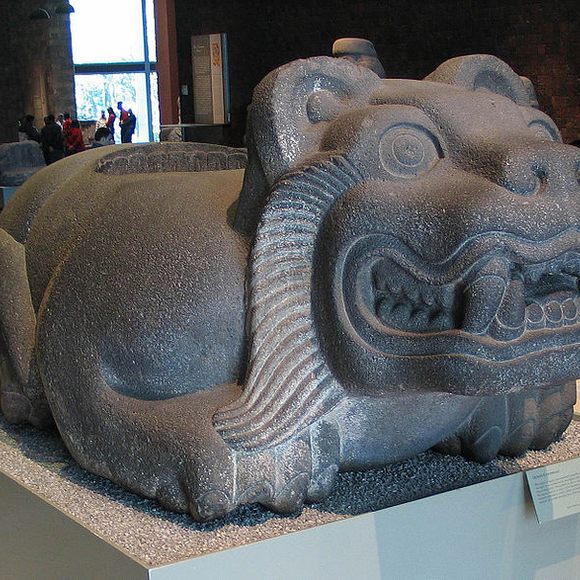



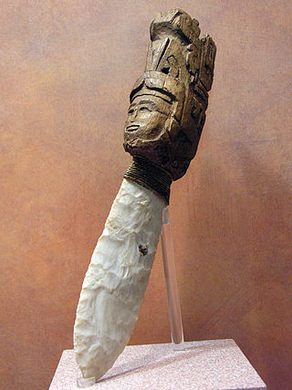


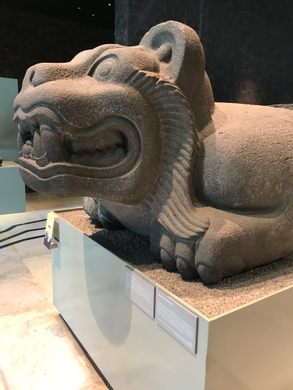





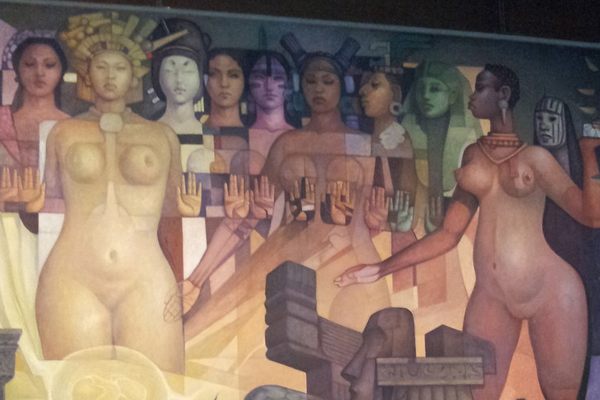


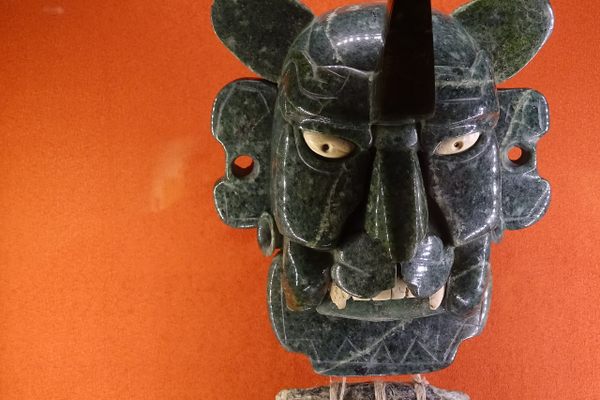





Follow us on Twitter to get the latest on the world's hidden wonders.
Like us on Facebook to get the latest on the world's hidden wonders.
Follow us on Twitter Like us on Facebook